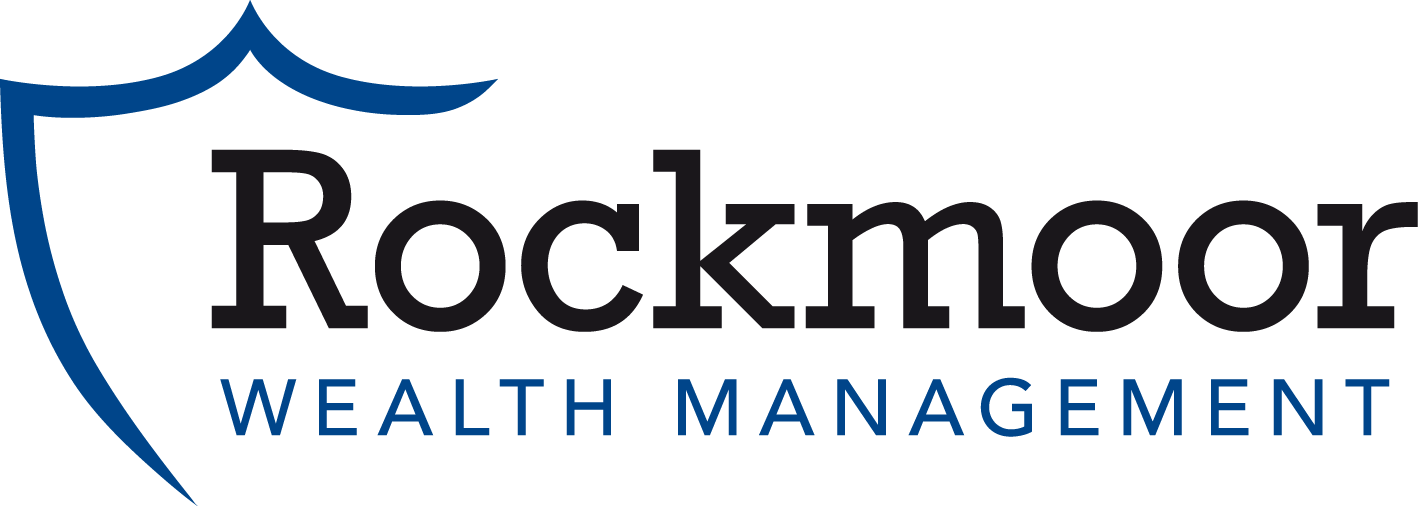 Jocelyn Kung
Jocelyn Kung
May 20, 2021
As offices begin to reopen in 2021, the hybrid workforce — comprised of on-site and remote workers — will become the standard operating model. According to Gartner , 82 percent of company leaders will be allowing some employees to work remotely. In addition to making changes needed to meet safety standards, smart leaders will examine the emotional state of the workforce as they transition to this new working model.

Be aware of the lingering effects of pandemic fatigue. Productive workers had to dig into reserves of stamina, creative problem-solving and relationship management to get through this period of constant turbulence. And just like the term technical debt represents the price organizations pay for speedy delivery at the cost of quality coding, we have accumulated a form of emotional debt in the workplace that will show up in these four ways as we move into the hybrid world:
1. Personal stress
Even before the pandemic, a 2019 survey by Gallup stated that 75 percent of employees had experienced burnout, which is defined as “chronic workplace stress that has not been successfully managed” on the job. Burnout can mean anything from being bored or lonely at home, anxious about job security, physical and mental exhaustion or hating the job. The reason it is hard to manage is partially due to the wide range of stressors people have been experiencing. The residue left by this scale of stress will undoubtedly affect your company’s culture, productivity and teamwork. New pressures to anticipate in the hybrid model include managing ongoing transitions from home to office work and “out of sight, out of mind” anxiety for remote workers.
Three indicators of burnout, as defined by the World Health Organization, are exhaustion, irritability or cynicism and a loss of professional effectiveness and morale. These are observable behaviors, and good leaders should be attentive to these signals. Focus on each key person’s specific needs for growth and development, starting with self-awareness. We use a tool called Elements to give individuals a way to understand their internal operating systems. This has proven to be very effective in providing insights into behavioral patterns that help and hinder a person’s well-being and effectiveness. Equipped with this knowledge, individuals can set their own goals for success and improve their agency.
2. Suppressed conflict
The loss of face-time, combined with a scramble to meet new business demands, has pushed many interpersonal conflicts to the side. While individuals creatively engineered new ways to work in confined home spaces, non-stop Zoom meetings have become the standard, two-dimensional forum for collaborating with teammates. Meanwhile, companies continued to onboard new managers, let go of employees and reorganize departments and teams — all activities that require attention to relationship-building. The opportunities to speak openly about difficult change or raise sensitive topics with teammates are easy to avoid on Zoom, resulting in workarounds and the kind of accommodation that builds resentment and hurts productivity.
One newly promoted executive who suppressed eight months of frustration said to me, “I’m so tired of picking up [a peer manager’s] slack — she regularly misses meetings, is constantly interrupted by her children on calls, and fails to hold her team accountable. It’s not fair that I keep getting dumped on just because I’m single and work around the clock. My team is sick and tired of fixing her team’s mistakes.” It turned out that other managers in the group shared these frustrations. They would work harder, complain amongst themselves and started excluding her from meetings, which she took very personally. The environment grew increasingly tense over time, creating a dysfunctional, toxic culture, and it was only resolved once we guided the group members to have honest conversations with each other.
Start with trust. Prioritize building deep, meaningful connections while teams are forming, and even when they’ve been together for a long time. We have a four-step method for building trust: Understand who a person is, appreciate what he or she values about himself or herself, agree on mutual expectations for working together and tell the truth quickly, directly and respectfully. Using the Elements tool, we establish a common language for teams to read each other, leverage their strengths and manage stress triggers more effectively. It is particularly helpful during times of conflict, as it provides a language to navigate difficult conversations with different personalities in respectful and productive ways.
3. The activity trap
Even in normal times, alignment is hard. Alignment results in a real, deeply felt, shared understanding of where the group is headed, why it’s important and what success looks like. Without that common explicit view and commitment to the larger goals, well-meaning individuals jump into activities that easily miss the mark — or worse, work against the greater good of the team. Activities do not correlate with results. With the massive scale of change we’ve experienced, managers have been more challenged than ever to define and communicate clear results across diverse groups. Red flags indicating the activity trap are things like focusing on process for process’s sake, continuously missing targets in spite of formidable effort or hours spent in meetings without meaningful progress on business goals.
True alignment is only possible with a foundation of trust. Trust allows the group to communicate freely, share information proactively, have open disagreements and learn through hard times together. Once trust is established, the alignment conversations are much more energizing and easy to navigate. At this stage, individuals feel included, respected and have clearly stated their personal goals, strengths and challenges. The canvas is clear and ready for the group to define strategy and results. Many groups we coach have found the concept of “first team” to be very useful — it should be the place where alignment begins. The problem is that most managers see their primary team as the group that reports to them. Their allegiance and relationship focus is with their direct reports and most of the planning happens with this team. The “first team” concept is that one’s primary allegiance should be to the team of your peers, not your direct reports. The team of peers need to do the alignment work first, setting the common purpose and working agreements across the different groups and prioritizing in ways that allow hard choices to be made, based on clear strategies.
4. Loss of speed and innovation
In our work with remote teams this past year, approximately 80 percent have scored lowest in their preferences for speed and innovation. This percentage is unusually high, and a possible explanation is the burnout factor. With so much uncertainty and change, it makes sense that individuals retreat to secure areas where they have more control. They are more focused on safety, predictable wins, caring for their people and doing things well. Moving fast and breaking things are less appealing in this climate. It can be tougher to innovate new products, raise funds or move quickly to meet challenging goals. Creating awareness of this propensity and training people to identify blindspots have been very helpful in combating inertia.
Begin with awareness of your team’s profile. Each team needs to build four different types of muscle: vision, empathy, execution and speed. Learning teams are able to blend these four muscles to achieve their desired results. Much like cooking, mastering the use of these four essential ingredients allows a team to make any dish. Teams run into trouble when they default to their preferred muscles out of habit; for example, when a team is very strong in execution, it may jump too quickly to action-planning and miss opportunities for innovation and iteration. The quality of speed includes risk-taking and experimentation. Since all teams have access to all four muscles, they can learn to identify opportunities for speed and innovation and tap into that mindset at the right times.
Leaders in the hybrid world will be managing more diversity in schedules, time zones, geographies, personalities and lifestyles. Technology, policies and procedures will not suffice in building a culture of collaboration. The single biggest recommendation we have is to make trust a key part of the new business model. Without this foundation, great ideas and elegant processes will not thrive. Trust cannot be thought of as an ephemeral soft skill, relegated to team-building sessions in offsites or happy hours. It requires a commitment to the value of inclusion, clear practices, modeling by senior leadership and the discipline to continue trust-building in day-to-day operations. Strong relationships are the critical foundation needed to build the next generation of effective teams. Once trust is in place, true alignment is possible, and execution will follow in more impactful ways.
